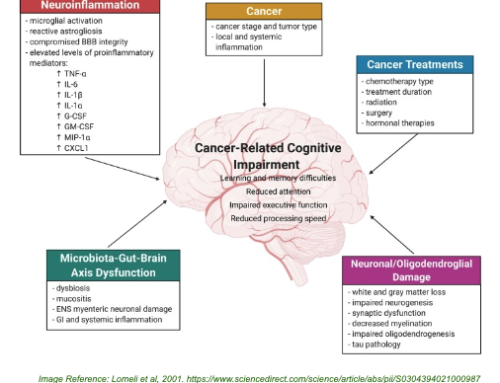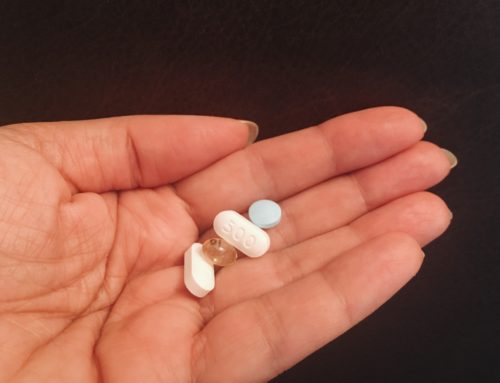It’s said that “home is where the heart is,” and this may be especially true for people who are unwell or recovering from illness or injury. Home based treatment offers many advantages to patients, including proximity to family and support networks, a quieter, more comfortable environment, the ability to adhere to a personal routine, as well as reduced risk of an adverse event, such as infection.
In Australia, hospital in the home (HITH) and rehabilitation in the home (RITH) services are well-established features of the health care system and are already being delivered by many hospitals and health care providers across the country.
In fact, in 2017-18 more than 595,000 days of publicly funded hospital care were delivered to patients in their own home, and this is likely to increase as patients and providers become more accustomed to this mode of delivery.
So what exactly are HITH and RITH?
Hospital in the home and rehabilitation in the home are exactly what they say on the box: high quality health care services delivered by nurses, doctors, and allied health professionals, in the comfort of a patient’s own home.
According to NSW Health, HITH is high quality clinical care that reduces a patient’s length of stay in hospital, or in some instances, enables a person to avoid an admission altogether.
Evidence shows there is a range of clinical conditions that can be effectively and safely managed at home including:
- cellulitis
- pneumonia
- deep vein thrombosis
- chronic obstructive pulmonary disease
- urinary tract infections.
Rehabilitation in the home (RITH) provides people who have been in hospital with access to rehabilitation therapies and nursing in their home to facilitate early discharge from hospital.
RITH services may include physiotherapy, occupational therapy, social work, dietetics or speech therapy, which can be delivered via face-to-face appointments or virtually through videoconferencing platforms.
Patients with a range of medical conditions can be successfully treated via RITH and these include people recovering from joint replacements, fractures and falls as well as those with cardiac, neurological, respiratory or spinal conditions.
Who benefits?
Unsurprisingly, NSW Health claims many patients who have received care in the home prefer it to hospital-based treatment:
“I would have been worried about my kids all the time if I had to stay in hospital…. they hated to see me in the hospital and the little ones just cried.”
“It’s just like being in hospital but with all the comforts of home. It’s a better choice than being in hospital.”
Research has shown HITH also delivers benefits at a health service level and is associated with a lower likelihood of readmission within 28 days (2.3% vs 3.6%) and lower rates of patient deaths (0.3% vs 1.4%), compared with being an inpatient. It also reduces the burden on hospital beds.
While HITH and RITH services include high quality face-to-face services provided by nurses and multi-disciplinary allied health teams, technology, such as remote patient monitoring, is playing an increasingly important role.
Remote monitoring enables doctors, nurses and allied health care professionals to stay in touch with patients between visits, and track clinical observations such as blood pressure, pulse and temperature in real time.
If these observations, prove to be a cause for concern, clinicians can follow-up using telehealth services, such as videoconferencing, to connect with and check up on their patients, and patients can also be escalated to the emergency department if necessary.
CSIRO research has shown that remote monitoring also empowers patients to take a more active role in managing their health and gives them a better understanding of their chronic conditions, while decreasing anxiety, depression and improving quality of life.
HITH in effect: rpavirtual
In February 2020 Sydney Local Health District launched rpavirtual, NSW’s first full-scale virtual hospital, to provide 24/7 care to patients at home using a range of digital technologies.
Patients enrolled with rpavirtual have access to a registered nurse, who they can contact using a smart device that is also capable of recording and updating health information.
Clinicians then deliver care by telephone, video calling and by remote monitoring of patient data and health information. The registered nurse assigned to a patient can also arrange for home visits or refer patients to their hospital care team if needed.
“Technology gives us the ability to connect our patients and their loved ones to the very best of care, when and where they need it most,” said the General Manager of rpavirtual Miranda Shaw.
While rpavirtual was originally established to provide health care to palliative patients and those with chronic medical conditions, with the onset of COVID-19 the service rapidly evolved to provide monitoring and care for COVID-19 patients isolating at home.
As of July 2021, more than 13,000 patients had received HITH services via rpavirtual and their experiences have been overwhelmingly positive.
“More than 1,000 patients have provided feedback on their virtual care experience to date and consistently report: a positive experience (86%), confidence knowing they are monitored virtually (89%) and easy to use technology (90%),” said Ms Shaw.
The future is at home
COVID-19 caused the rapid adoption of new technology enabling health care to be delivered at home and this trajectory is likely to continue with the adoption of artificial intelligence, wearables and cloud-based technology solutions that enable informed decision making and precise monitoring of patients remotely.
With high patient satisfaction rates, clinician confidence and continued innovation in health care technology, high quality health care will increasingly be delivered beyond the four walls of the hospital.



